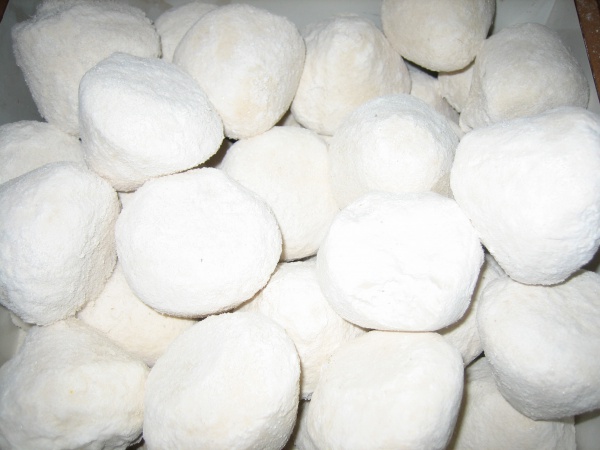Facts About Jameed
Jameed is a cherished traditional food in Bedouin-Jordanian culture, made from hard, dry yogurt (laban) derived from ewe's or goat's milk. The process begins by straining the milk through fine cheesecloth to create a thick yogurt. This yogurt is then salted daily to further thicken it. Once the yogurt reaches the desired consistency, it is shaped into round balls and left to dry for several days. The final color of jameed depends on the drying method: drying in the sun imparts a yellow hue, while shade-drying retains a white color. Proper drying is essential to prevent spoilage.
Jameed is a cornerstone ingredient in mansaf, Jordan's national dish. Historically, Bedouins were the primary suppliers of jameed and other dairy products to Jordanian markets. The town of Karak in Jordan is especially renowned for its high-quality jameed. Besides mansaf, jameed features in a variety of dishes like fatta, mahashi, kousa mahshi, kubbeh blabaniyyeh, mjalaleh, rashouf, madgoga, and er-rgage.
Traditionally, jameed production occurred in late spring and early summer when sheep's milk was abundant. The process involved separating butter from the yogurt, boiling the leftover buttermilk until it achieved a texture similar to labaneh, and then salting, shaping, and sun-drying the jameed balls. This method allowed jameed to be preserved for extended periods without refrigeration due to its low moisture content. Nowadays, people primarily enjoy jameed for its unique flavor rather than its preservative qualities.

 Israel
Israel